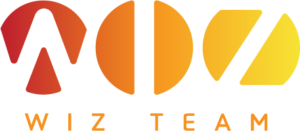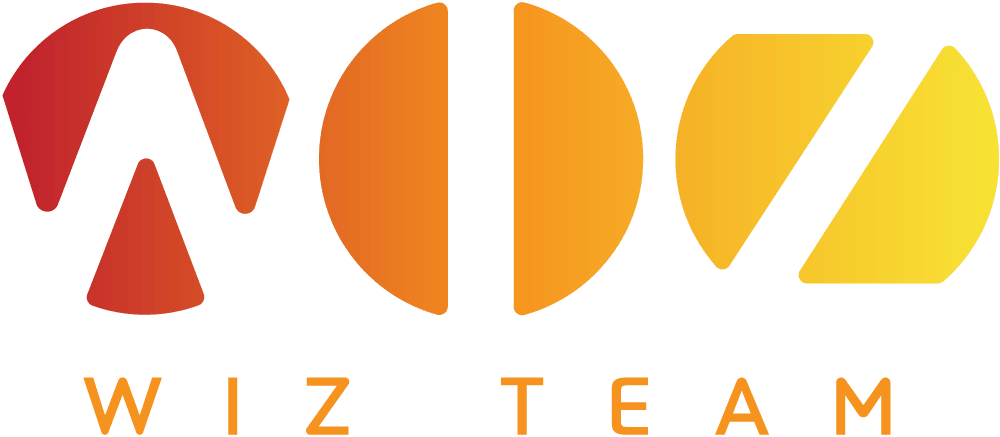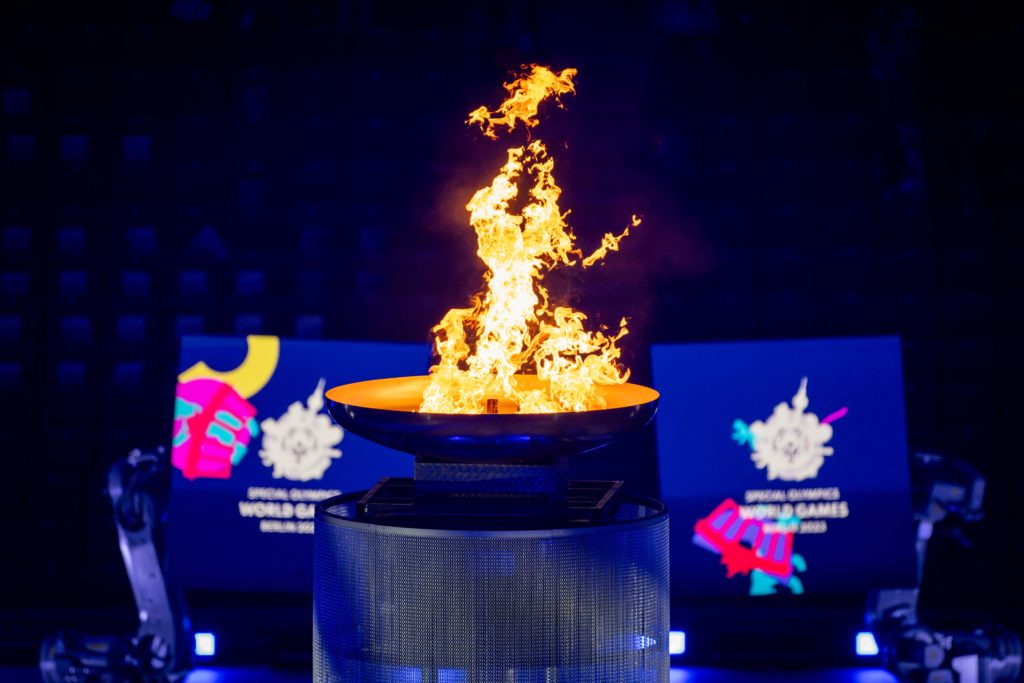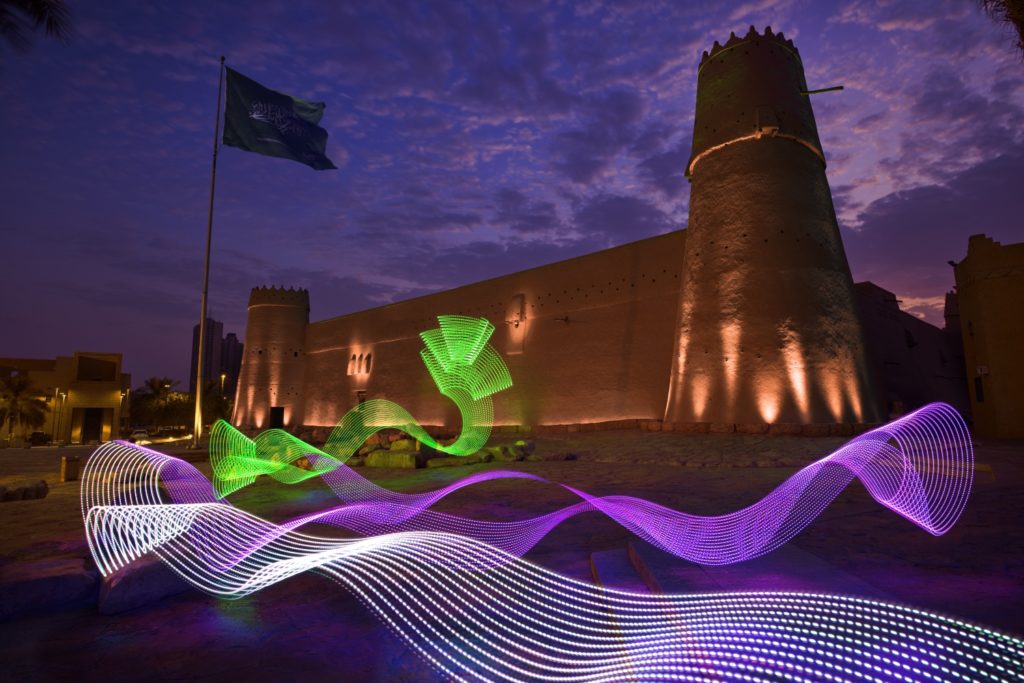Planning a successful product launch event can be challenging, especially when you aim to make a strong impact. A well-executed launch is crucial as it can set the tone for your product’s success in the market. But it’s not just about the product, it’s about how you present it and deliver a seamless experience for your internal teams and your external audience.
According to a report, 87% of event attendees say discovering new products and solutions is the most important element of a valuable in-person experience. If your event doesn’t prioritize this, you could miss a significant opportunity.
With so many moving parts, logistics, guest management, and technical demos, it’s essential to plan with precision and the right technology. This guide walks you through the end-to-end planning process so you can build a product launch event that drives impact where it matters most.
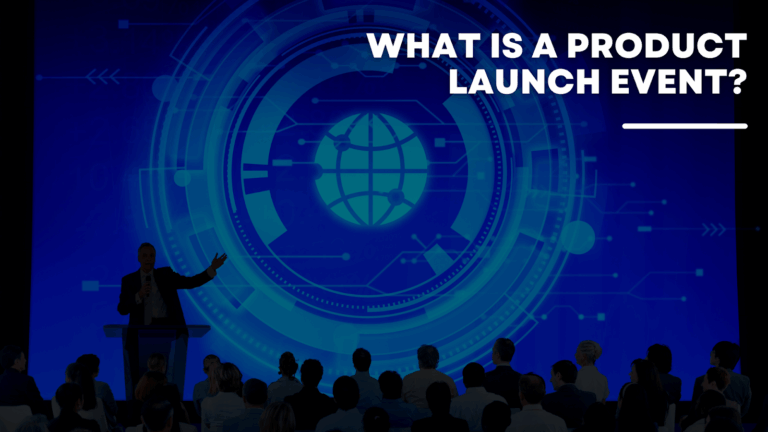
A product launch event is a strategic touchpoint where your innovation meets its first real audience. Whether you’re introducing a new tech platform, service offering, or hardware solution, this event sets the tone for how your product will be perceived, adopted, and remembered.
This is where modern event management software like Wiz-Team offers a real edge. With modules that manage guest registration, secure access, and workforce management, you’re prepared to make your product debut not just memorable, but operationally seamless and brand-safe.
In short, a well-executed product launch event does three critical things:
- Captures attention: It positions your product at the forefront in a competitive landscape.
- Builds credibility: It assures stakeholders that you have the team, tech, and readiness to deliver.
- Drives action: It generates leads, signups, partnerships, and media coverage.
Types of Product Launch Events
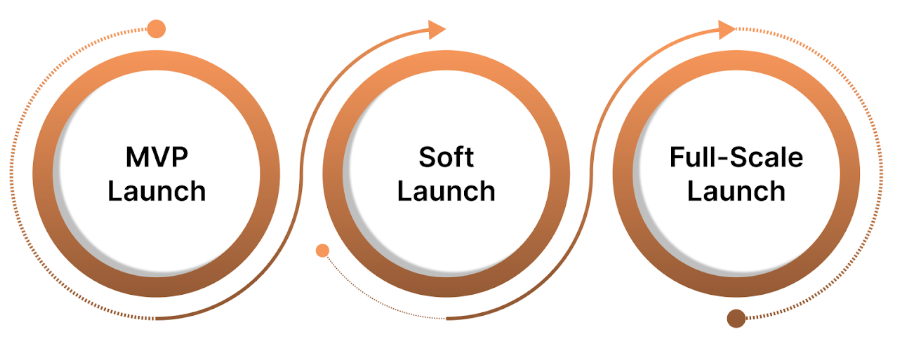
Before introducing your product to the market, it’s important to choose the right type of launch event. The type of launch you choose can shape how your product is received, how feedback is collected, and how fast you scale.
Let’s look at the three common types of product launch events and what each one involves:
1. Minimum Viable Product (MVP) launch
An MVP launch is all about introducing the core version of your product with just enough features to solve the main problem for early users. It’s ideal for startups or teams that want to validate their product idea without making a significant upfront investment.
2. Soft launch
A soft launch is a quiet, limited release of your product to a small, targeted audience. It’s typically used to test performance, fix bugs, and gather feedback before a wide release. Soft launches are especially useful for digital products or services that may require quick updates.
3. Full-Scale launch
A full-scale launch is the big, public unveiling of your product. It’s backed by a complete marketing campaign, media outreach, and often a dedicated launch event. This type of launch is ideal when your product is polished, tested, and ready to meet market demand.
Each type of launch has its own purpose, and the right one depends on where your product stands in its development journey.
Now that you know the different types of product launch events, let’s look at the key steps involved in planning and executing one successfully.
10 essential steps to deliver a successful product launch event
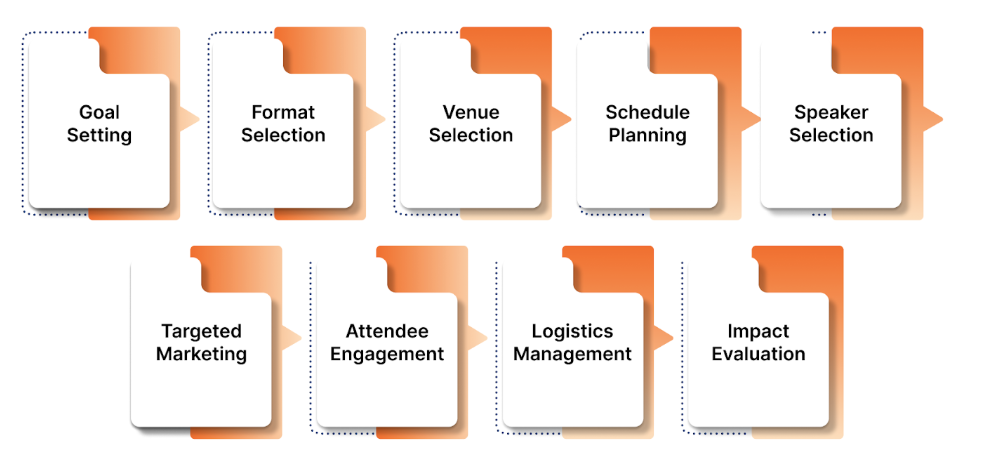
Planning a product launch event that truly delivers results takes more than great branding and a sleek venue. It requires a coordinated strategy across departments, vendors, and technology, one that ensures every detail is aligned to drive awareness, trust, and business impact.
Here’s a practical, step-by-step guide to help you do just that.
Step 1: Set clear goals and define the right audience
Start by asking: What does success look like for this launch? Are you targeting new customers, onboarding partners, or gaining press coverage? Be specific. Clear objectives will shape every decision, from who gets invited to how ROI is measured.
Your target audience may include C-level executives, procurement heads, compliance stakeholders, or end-users, depending on your product.
Use Wiz Teams’ Event-Works’ module to segment and manage your attendee lists based on roles, industries, or purchase intent, so your outreach is precise from the start.
Step 2: Choose the format that matches your goals
Not every product requires a massive, in-person gathering. Your event could be a virtual showcase, an executive roundtable, or a hybrid launch across global time zones. The right format depends on your audience’s availability, the complexity of the product, and your goals (e.g., demo, feedback, media impact).
First, clarify what you’re trying to achieve:
- Are you unveiling a highly technical product? You might benefit from a focused roundtable or closed demo session with select partners and analysts.
- Is the aim media visibility? A high-energy hybrid event with media attendance and real-time streaming can amplify impact.
- Do you need immediate customer feedback or feature validation? Consider a beta launch paired with an interactive digital forum.
Different goals demand different levels of setup, scale, and interaction. Below is a comparison of common formats.
| Format Type | Best For | Audience Size | Engagement Style | Key Benefit |
| Virtual Event | Global outreach, cost-effective demos | 50–5000+ | Chat, Q&A, live polls | Broad reach, low logistics burden |
| In-Person Launch | Executive engagement, media coverage | 50–300 | Live demos, networking | High-touch impact, media buzz |
| Hybrid Event | Global + local presence, customer inclusivity | Unlimited | Physical + digital | Scalable + interactive reach |
| Roundtable or VIP Meet | Stakeholder buy-in, deep product walkthrough | 10–25 | Exclusive, high touch | Builds trust, strong feedback loop |
| Internal Launch | Sales enablement, internal alignment | 20–1000 | Training, workshops | Fast-track internal readiness |
Step 3: Lock in the ideal venue and timing
A product launch is about where and when you show it. The venue sets the stage for how your product is perceived, while the timing determines who can attend and how much visibility you’ll generate. For enterprise-level launches, especially in sectors like government, healthcare, and international sports, these decisions can make or break the event.
When narrowing down your venue and finalising the schedule, keep these key considerations in mind:
- Brand alignment: Does the space reflect your product’s identity as advanced, premium, innovative, and sustainable?
- Technical requirements: Can the venue support live demos, virtual streaming, or augmented reality experiences?
- Security protocols: Are there provisions for high-security check-ins, accreditation zones, and access control?
- Guest experience: Is it accessible, easy to navigate, and compliant with all health and safety regulations?
Whether you’re hosting in New York, Geneva, or Tokyo, logistical control is critical. A perfect example of venue and logistics optimisation at scale is Wiz-Team’s execution of the 2022 Noor Riyadh Festival of Lights, one of the largest cultural light festivals globally.
Wiz-Team deployed its modular Event-Works platform to:
- Register and accredit over 6,000 participants.
- Manage accommodations, arrivals, and departures.
- Oversee access control, guest communications, and hospitality.
- Collaborate with TPT Hub for vehicle access and parking permits.
Step 4: Build a precise event schedule
An impactful product launch event is a well-orchestrated experience. A well-planned schedule ensures that every part of the event, from check-in to the final moment, helps meet your launch goals by informing your audience, building media attention, and encouraging stakeholders to take action.
But precision doesn’t mean rigidity. It means designing a flow that balances information, engagement, and logistics. Whether you’re unveiling a new SaaS product, medical device, or sports tech platform, your schedule should reflect your core goals.
Here’s an Example Schedule Template (Half-Day Launch):
| Time | Activity | Owner | Purpose |
| 09:00 AM (ET) | Registration & Check-in | Front-office team (EW) | Onboard guests efficiently |
| 09:30 AM (ET) | Welcome Note & Brand Story | CEO | Set tone, align expectations |
| 10:00 AM (ET) | Product Reveal & Live Demo | Product Team | Highlight innovation, show value |
| 10:45 AM (ET) | Q&A + Press Engagement | Media Relations | Capture attention, address tough questions |
| 11:15 AM (ET) | Networking + Demo Stations | All departments | Build trust, create engagement |
| 12:00 PM (ET) | Closing + Thank You Notes | Marketing Lead | End strong with next steps |
Step 5: Bring in Influential voices
You can build the perfect agenda, craft sleek demos, and create a flawless event flow, but without the right voices, your message may not stick. Influential speakers deliver authentic credibility, amplify your message across channels, and make your product launch worth attending for even the busiest executive or media outlet.
Here are some types of Influential voices to include:
- CXOs or Founders: Open with a strategic vision and the “why” behind the product.
- Product Engineers: Deliver technical demos and highlight innovation under the hood.
- Client Champions: Share ROI stories and real-world results to build credibility.
- Industry Influencers: Bring third-party validation and create social media buzz.
- Technology Partners: Showcase ecosystem strength and seamless interoperability.
Expert speakers help translate product features into practical value, making your launch more relevant and convincing.
Step 6: Market with precision and consistency
A solid promotion strategy ensures the right people show up. Use email marketing, social media, partner outreach, and internal advocacy to build momentum. But don’t just promote the event. Highlight the value of attending.
Different audience types need different messaging. Your outreach should reflect their priorities, whether you’re targeting investors, customers, partners, or media. Don’t rely on just one channel; build a consistent drumbeat across touchpoints.
Here’s how to structure your mix:
| Channel | Purpose | Sample Tactics |
| Email Marketing | Drive RSVPs and deliver updates | Teasers, personalised invites, reminders |
| Social Media | Build buzz and drive shares | Countdown posts, speaker quotes, hashtags |
| Influencer Outreach | Extend reach and gain credibility | Tagline mentions co-hosted livestreams |
| Partner Channels | Leverage networks | Co-branded invites, newsletters |
| Internal Advocacy | Mobilise your team | Internal toolkits, email signatures, Slack alerts |
Step 7: Keep attendees engaged before, during & after
Interaction drives retention. The more you involve your audience, the more memorable and effective your launch becomes. This step involves creating continuous touchpoints that encourage a deeper connection with your product and brand.
Before the Event: Set the stage for participation
Build anticipation and help attendees arrive informed and excited.
- Personalised agendas: Let them choose sessions that matter to them.
- Speaker spotlights: Share speaker bios, teaser content, and preview videos.
- Pre-Event surveys: Capture expectations, questions, or preferences to tailor the experience.
- Networking interest forms: Let attendees opt into roundtables, one-on-one meetings, or product deep dives.
During the Event: Make it interactive, not passive
Use multiple formats and features to spark real-time interaction:
- Live polls and Q&A: Run during keynotes and breakout sessions to keep attendees engaged.
- Gamified checkpoints: Reward attendees for attending sessions, exploring booths, or participating in challenges.
- Breakout discussions: Host small-group discussions with product leads, engineers, or partners.
- Product sandboxes: Allow users to experience the product firsthand through demo zones or guided virtual walkthroughs.
- One-on-One Networking: Enable curated meetings between attendees, executives, or sales teams.
After the event: Continue the Momentum
Don’t let the energy fade. Extend the conversation with thoughtful follow-ups.
- Thank you + Highlights Email: Include session replays, key takeaways, and links to trial access or resources.
- Exclusive Access: Give attendees early access to product trials, special offers, or invite-only communities.
- Feedback Loop: Utilize post-event surveys to understand what worked and identify areas for improvement.
- Follow-Up Q&A: Host a post-launch webinar or community forum to address questions that came up during the event.
Using Wiz-Team’s Participant Mobile App, attendees can explore agendas, track schedules, bookmark sessions, and start interacting.
Real-World Example: Wiz-Team supported the SAP Forum with 1,000+ delegates by deploying its Event-Works platform to streamline registration, check-ins, and data management. Attendees received real-time agendas, updates, and speaker schedules on their phones, while organisers benefited from QR-based foot traffic reports that supported lead generation and post-event insights.
Step 8: Nail execution with logistics and compliance
This is where all the planning is put to the test. Even the most exciting product, powerful message, or impressive venue can fall flat without flawless execution. Logistics and compliance form the foundation of a successful launch.
Whether you’re presenting to enterprise clients, government stakeholders, or the media, your execution must be well-timed, compliant, and supported by the right tools to maintain visibility and control.
What Flawless Execution Looks Like:
- Real-Time Registration & Check-In: Speed up entry with digital kiosks or QR-based check-ins that are quick, secure, and paperless.
- Access Management: Control who can enter specific zones, such as VIP areas, media rooms, or demo spaces, using scannable digital badges.
- Workforce & Volunteer Coordination: Keep staff and volunteers organised with clear schedules, role assignments, and live updates to avoid confusion.
- Vendor & Timeline Oversight: Ensure every vendor stays on track by synchronising their tasks with the event schedule and monitoring progress in real-time.
- Data Privacy & Compliance: Protect attendee data with secure systems and ensure your event complies with all relevant industry regulations, particularly in sensitive sectors.
Real-World Impact: Take the Accommodations Management System: Special Olympics World Games 2023, where Wiz-Team’s Event-Works, a secure, cloud-based software that is a GDPR-compliant platform, managed accommodation for over 15,000 participants. The platform allocated over 84,000 rooms, with scheduled arrivals and departures, demonstrating its ability to handle complexity at scale.
Step 9: Measure impact and learn for next time
Finally, tie everything back to your original goals. Did you raise the right awareness? Did your target audience show up and stay engaged? Did your launch lead to actual conversions, qualified leads, or critical partnerships? This is where data turns into insight, and insight turns into a repeatable playbook for success.
To truly measure the effectiveness of your product launch event, evaluate across multiple dimensions:
| Metric Category | What to Measure |
| Attendance | – Total attendees vs. registrations – No-show rates, check-in trends |
| Engagement | – Session dwell time – Polls, Q&A, app activity – Booth/demo visits |
| Conversion | – On-site leads captured – Post-event trial sign-ups – Follow-up actions |
| Media & Social | – Press mentions and media coverage – Social shares, hashtag reach – Influencer or speaker amplification |
| Experience | – NPS and satisfaction scores – VIP/sponsor feedback – Survey completion and comments |
A product launch is not a one-time effort. It’s a step in a larger growth strategy. When you track the details and learn from each event, you improve future launches, build brand strength, and get more value from every investment.
Also Read: Event-Works unwrapped: discover how our all-in-one solution supports every phase of event management
Brand launch stories that made a lasting impact
A strong product launch is the result of careful planning, deep customer understanding, and flawless execution. Leading brands across various industries have demonstrated how a well-executed launch can generate excitement, build trust, and drive sales from the outset.
Here’s how top brands like Apple and Under Armour turned their launches into memorable moments that drove engagement and results.
1. Apple
Apple is known for creating buzz long before a product even launches. They keep new releases under wraps, fueling speculation and media attention. Instead of focusing on specifications, Apple highlights how its products improve everyday life, selling not just tech, but a lifestyle.
A prime example was the launch of AirPods Pro. Before the reveal, Apple placed mysterious posters in global stores. After launch, those same images reappeared with the models now wearing AirPods Pro, tying anticipation to a clear visual story.
2. Under Armour
To launch its HOVR Infinite running shoe, Under Armour needed real feedback from a diverse group of athletes. Using the Qualtrics platform, they expanded their tester base from 100 to over 10,000 across different regions. This helped them refine the product quickly based on real-world input.
While global brands show what’s possible with the right strategy, you also need the right tools to bring that vision to life. That’s where Wiz-Team comes in.
How Wiz-Team enhances your product launch event
Whether you’re rolling out enterprise software, medical technology, or consumer electronics, the success of your launch depends on flawless execution, personalized experiences, and measurable results. This is where Wiz-Team, through its flagship platform Event-Works, becomes your strategic advantage.
Wiz-Team is a full-stack event operations partner trusted by global institutions, sports federations, and cultural organisers. From registration to reporting, Wiz-Team enables launch events that are not only smooth but scalable, secure, and deeply insightful.
Here’s how Event-Works helps you in every phase of your product launch:
1. Customisable workflows for every launch format
Event-Works adapts to your event type, whether it’s in-person, virtual, or hybrid. From guest registration to session planning, the platform offers customisable workflows for any scale.
Key tools: Guest Registration, RSVP tracking, and modular session planning.
2. Seamless accreditation, access control & security
Ensure secure, smooth access with built-in accreditation features. Whether you’re managing VIP areas or sensitive demos, Event-Works gives full control over who goes where.
Key tools: Badge printing, QR access, and real-time zone tracking.
3. Immersive attendee experiences with mobile apps
Event-Works mobile apps keep your audience engaged with personalised content and live updates before, during, and after the event.
Key tools: Custom agendas, speaker info, session guides, and push notifications.
4. Smooth workforce and vendor coordination
Handle complex staffing, vendor schedules, and on-site logistics with ease. Event-Works centralises team coordination for better execution.
Key tools: Inventory Management, volunteer Portal, and check-in tracking.
5. Real-Time reporting & post-event Intelligence
Track what’s working in real time and measure impact post-event. Event-Works delivers actionable insights to improve ROI and plan smarter future launches.
With over 1.5 million participants globally in 2023, spanning 150+ events, Wiz-Team’s clients now rely on Event-Works’ insights to optimise future events and justify spend.
Conclusion
A successful product launch event isn’t just about flashy lights or a packed venue. It’s about precision, planning, and delivering meaningful impact. From selecting the right format and venue to executing logistics and measuring ROI, each step plays a crucial role in transforming your product debut into a strategic growth opportunity.
Platforms like Wiz-Team’s Event-Works allow you to plan, personalize, and execute every element of your launch with total control, whether it’s a virtual showcase, a government-regulated healthcare event, or a multi-day global product rollout.
Ready to take your product launch to the next level? Partner with Wiz-Team to simplify planning, enhance attendee engagement, and deliver results that matter. Get in touch to start building your best launch yet.
#WizJourney
